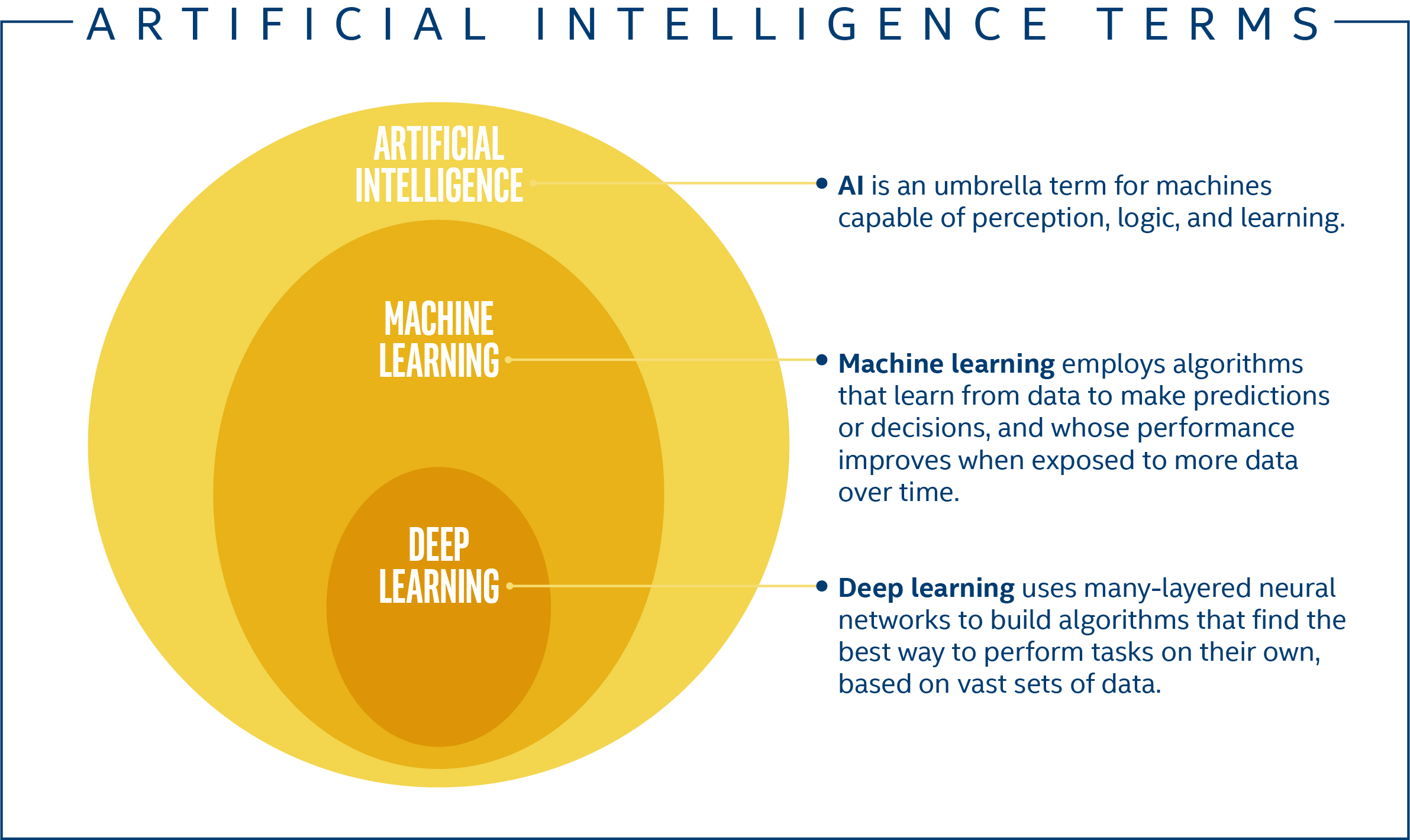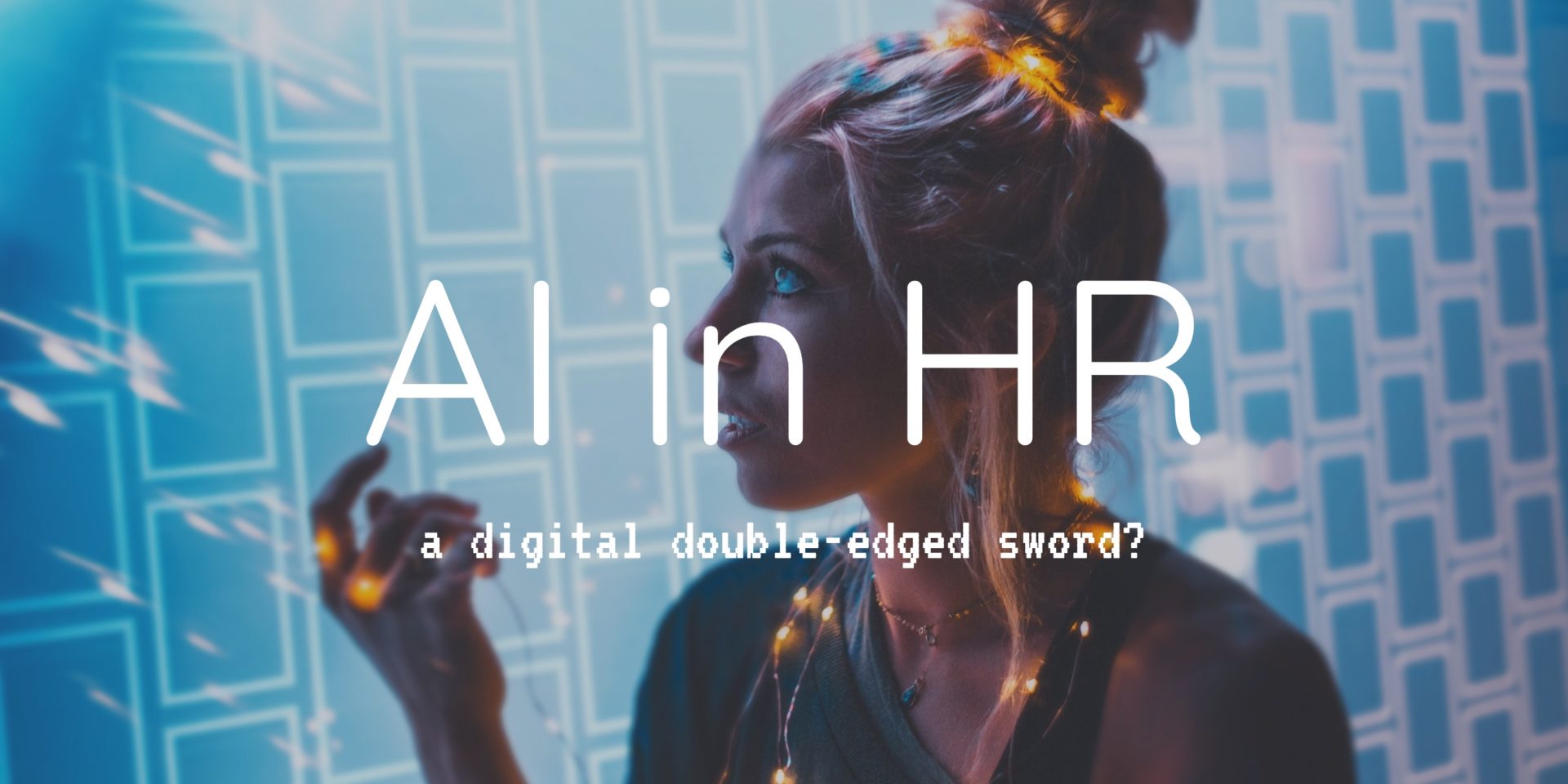
Machine learning math requires many foundational tools such as linear algebra and analytic geometry. These tools can be used by neural networks to improve their performance and learn new tasks. This math is not only for computer scientists. Machine learning is available to all. Read this article to find out more about machine intelligence. You will learn how machine learning can be applied to improve business processes.
Calculus for optimization
This course provides the foundation for students interested in a career as a data scientist. This course assumes students have already studied limit and differentiation. It builds on that foundation and explores the concepts of differentiation, limits, and other limitations. The final programming project, which examines the use an optimisation routine for machine learning, also draws on calculus principles. The course also includes bonus reading materials, interactive plots within a GeoGebra environment, and other additional resources.

Probability
While not everyone has the technical skills to use probability it is an important part of Machine Learning. Probability is the basis of the Naive Bayes Algorithm. It assumes that inputs are independent. Probability is an important topic in nearly all business applications. This allows scientists to use data to determine future outcomes. Many Data Scientists are unable to explain the meanings of the p value (also known by the alpha value and alpha).
Linear algebra
Linear Algebra is a great tool for Machine Learning. This math has many mathematical objects and properties, including scalars and inverse matrices and transpose matrixes. This math will help you make better decisions when creating algorithms. Marc Peter Deisenroth has a book called Mathematics for Machine Learning that explains Linear Algebra.
Hypothesis testing
Hypothesis testing is an important mathematical tool that allows you to determine the uncertainty in an observed metric. Machine-learners and statisticians use metrics to assess accuracy. In the process of building predictive models, they often use the assumption that a certain model will produce the desired outcome. Hypothesis testing assesses whether the observed "metric” matches the hypotheses presented in the training sets. A model that predicts the height and length of flower petals would reject the null hypothesis if strong evidence supports this conclusion.

Gradient descent
Gradient descent is a fundamental concept in machine learning mathematics. This algorithm uses a recursive process to predict features, taking into account the x values of the input data. Also, it requires an initial training time, called an epoch, as well as a learning pace. This parameter is important because a high learning rate will cause the algorithm to not converge to its minimum. Gradient descent allows you to choose between a high learning rate or a low one. This will impact the convergence rate and cost.
FAQ
Which industries are using AI most?
The automotive industry is one of the earliest adopters AI. BMW AG uses AI, Ford Motor Company uses AI, and General Motors employs AI to power its autonomous car fleet.
Other AI industries include insurance, banking, healthcare, retail and telecommunications.
What are some examples of AI applications?
AI can be applied in many areas such as finance, healthcare manufacturing, transportation, energy and education. Here are just a few examples:
-
Finance – AI is already helping banks detect fraud. AI can spot suspicious activity in transactions that exceed millions.
-
Healthcare - AI can be used to spot cancerous cells and diagnose diseases.
-
Manufacturing - AI is used in factories to improve efficiency and reduce costs.
-
Transportation - Self-driving vehicles have been successfully tested in California. They are currently being tested all over the world.
-
Utilities use AI to monitor patterns of power consumption.
-
Education - AI can be used to teach. Students can interact with robots by using their smartphones.
-
Government – Artificial intelligence is being used within the government to track terrorists and criminals.
-
Law Enforcement - AI is being used as part of police investigations. Search databases that contain thousands of hours worth of CCTV footage can be searched by detectives.
-
Defense - AI is being used both offensively and defensively. Artificial intelligence systems can be used to hack enemy computers. For defense purposes, AI systems can be used for cyber security to protect military bases.
What countries are the leaders in AI today?
China is the world's largest Artificial Intelligence market, with over $2 billion in revenue in 2018. China's AI industry is led by Baidu, Alibaba Group Holding Ltd., Tencent Holdings Ltd., Huawei Technologies Co. Ltd., and Xiaomi Technology Inc.
China's government invests heavily in AI development. The Chinese government has established several research centres to enhance AI capabilities. These include the National Laboratory of Pattern Recognition and State Key Lab of Virtual Reality Technology and Systems.
China is home to many of the biggest companies around the globe, such as Baidu, Tencent, Tencent, Baidu, and Xiaomi. All these companies are active in developing their own AI strategies.
India is another country that is making significant progress in the development of AI and related technologies. The government of India is currently focusing on the development of an AI ecosystem.
What do you think AI will do for your job?
AI will eradicate certain jobs. This includes jobs such as truck drivers, taxi drivers, cashiers, fast food workers, and even factory workers.
AI will create new jobs. This includes business analysts, project managers as well product designers and marketing specialists.
AI will make current jobs easier. This applies to accountants, lawyers and doctors as well as teachers, nurses, engineers, and teachers.
AI will make it easier to do the same job. This applies to salespeople, customer service representatives, call center agents, and other jobs.
What's the status of the AI Industry?
The AI industry is growing at a remarkable rate. There will be 50 billion internet-connected devices by 2020, it is estimated. This will allow us all to access AI technology on our laptops, tablets, phones, and smartphones.
Businesses will have to adjust to this change if they want to remain competitive. If they don’t, they run the risk of losing customers and clients to companies who do.
It is up to you to decide what type of business model you would use in order take advantage of these potential opportunities. Would you create a platform where people could upload their data and connect it to other users? Perhaps you could also offer services such a voice recognition or image recognition.
Whatever you decide to do, make sure that you think carefully about how you could position yourself against your competitors. It's not possible to always win but you can win if the cards are right and you continue innovating.
What will the government do about AI regulation?
AI regulation is something that governments already do, but they need to be better. They must make it clear that citizens can control the way their data is used. And they need to ensure that companies don't abuse this power by using AI for unethical purposes.
They also need to ensure that we're not creating an unfair playing field between different types of businesses. If you are a small business owner and want to use AI to run your business, you should be allowed to do so without being restricted by big companies.
Statistics
- More than 70 percent of users claim they book trips on their phones, review travel tips, and research local landmarks and restaurants. (builtin.com)
- Additionally, keeping in mind the current crisis, the AI is designed in a manner where it reduces the carbon footprint by 20-40%. (analyticsinsight.net)
- In 2019, AI adoption among large companies increased by 47% compared to 2018, according to the latest Artificial IntelligenceIndex report. (marsner.com)
- While all of it is still what seems like a far way off, the future of this technology presents a Catch-22, able to solve the world's problems and likely to power all the A.I. systems on earth, but also incredibly dangerous in the wrong hands. (forbes.com)
- A 2021 Pew Research survey revealed that 37 percent of respondents who are more concerned than excited about AI had concerns including job loss, privacy, and AI's potential to “surpass human skills.” (builtin.com)
External Links
How To
How to setup Siri to speak when charging
Siri can do many things, but one thing she cannot do is speak back to you. This is because there is no microphone built into your iPhone. Bluetooth is the best method to get Siri to reply to you.
Here's how to make Siri speak when charging.
-
Select "Speak When Locked" under "When Using Assistive Touch."
-
To activate Siri press twice the home button.
-
Siri will respond.
-
Say, "Hey Siri."
-
Speak "OK"
-
Speak: "Tell me something fascinating!"
-
Say "I am bored," "Play some songs," "Call a friend," "Remind you about, ""Take pictures," "Set up a timer," and "Check out."
-
Say "Done."
-
Thank her by saying "Thank you"
-
If you have an iPhone X/XS (or iPhone X/XS), remove the battery cover.
-
Insert the battery.
-
Connect the iPhone to your computer.
-
Connect the iPhone with iTunes
-
Sync the iPhone
-
Switch on the toggle switch for "Use Toggle".